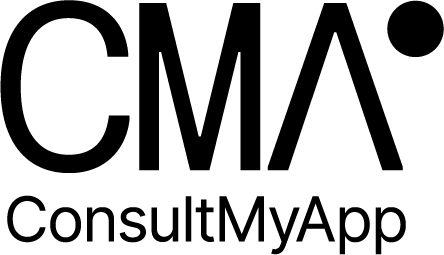The power of user generated content
The User Generated Content (UGC) platform market is expected to reach a massive $18.65 billion by 2028. When you consider that nearly 80% of people say UGC impacts their decision to purchase it’s hardly surprising. Organizations everywhere are getting great results from using images, video and text from social media in their own marketing campaigns. Not least because it lends the brand an authenticity and credibility they may not get from their own brand advertising.
So why is it such an effective marketing technique? And could it work for you? We take a look.
What is User Generated Content?
UGC is content created about your brand’s products and services, by people who aren’t officially connected to your brand. It’s usually created on platforms like Instagram, Facebook, TikTok and Snapchat and takes all sorts of forms, including: images, videos, reviews, testimonials, and podcasts – or just text in a post.
Its power is in its authenticity. Because it isn’t generated by the brand itself, it’s seen to be more trustworthy. Real people sharing their real experiences. Like a modern day word of mouth.
Brands are tapping into this authenticity to create content for their own brand comms. Either by asking the creator’s permission to use it, or by sponsoring them to create ongoing content to promote their product or app.
Who’s creating it?
It’s not a trick question. Obviously it’s users of social media platforms. But ‘users’ covers a broad spectrum.
Customers. Most UGC comes from customers posting about their experience with a product. This could be anything from an unboxing video to a rating and review. Or a praise-filled post on Instagram. It might be spontaneous, or prompted by the brand, but it’s unlikely to be paid for.
Brand loyalists. These are your superfans; the people who are genuinely passionate about your brand and very happy to create content to promote your products. They may or may not have a large social media following, but they can be relied on to advocate your brand and product in any content they create.
Employees. Content created by employees is invaluable when it comes to telling the story behind your brand. Photos and videos of employees working, and talking about their work experiences, all help to bring a company’s culture and values to life.
Influencers. These are social content creators with a large public following. Brands often sponsor or partner with them to create content on their behalf. As their followers trust their opinion, their endorsement carries real weight (even if it is paid for).
Why UGC in ads is so effective
The stats speak for themselves. According to the 2022 Consumer Acquisition report for UGC: combining UGC with paid content increases conversion by 28%. And UGC outperforms other ad formats in holding audiences’ attention by between 20% and 50%. But why?
Well, it all comes down to the authenticity we spoke about earlier. As well as consumers’ changing attitudes. Feedback or opinion from real customers – or people your audience shares interests with – acts as social proof that your product’s worth buying. And that’s because it:
Builds trust
According to Trustpilot, 93% of customers read reviews before buying online. In fact, reviews have become the second best way (having a strong online reputation is first) to build trust with consumers. Today’s buyers, especially Gen Z, are much more selective about the brands they buy from and interact with. And as nearly half of Gen Z cite social media as their chief source of inspiration, trust and transparency are critical.
Builds relationships
Brand content receives 28% higher engagement when UGC is included in a typical post. And that’s because it just doesn’t feel like an ad. UCG helps you connect with your audience, establishing a conversation – and ultimately a relationship – between you.
Builds community
UGC helps you create an engaged community that’s participating in your brand’s growth rather than simply observing it. Research shows that 60% of consumers would be more loyal to, and likely to buy from a brand that invited them to join a customer advocacy community to actively help it create more UGC for the brand.
Brands who’ve made UGC work for them
The three most viewed videos on GoPro’s brand YouTube channel are customers showcasing their products’ features – between them they have 400 million views! UGC has worked so well for them that they now run daily photo challenges and dish out awards for content creators. Guaranteeing a constant supply of fresh creative content.
While LuluLemon, the sportswear brand, asks followers and fans to share photos of themselves in their kit using the hashtag #thesweatlife to organically increase brand awareness.
Making UGC work for you
Higher engagement, increased conversion and improved loyalty. What’s not to love? If you’re interested in pursuing UGC as part of your app marketing strategy then here are three key things to keep in mind:
Like the rest of your marketing, be strategic and set out your goals. Decide what you want to achieve with UGC and how you’ll know if it’s working.
Be clear about the content you’re looking for. What sort of content is going to be most persuasive or influential with your audience? Is it being created already, or do you need to ask for it?
Make sure you’ve got permission to use any UGC in your promotional activity. Always ask customers if they’re happy for you to share their content before you post it and make sure you credit them.
A great UGC strategy, combined with smart efforts in App Store Optimization and Paid User Acquisition is the ultimate recipe for success for app marketing in 2022.
For more information and advice about optimizing your app marketing strategy, get in touch today. We’d love to hear from you.

